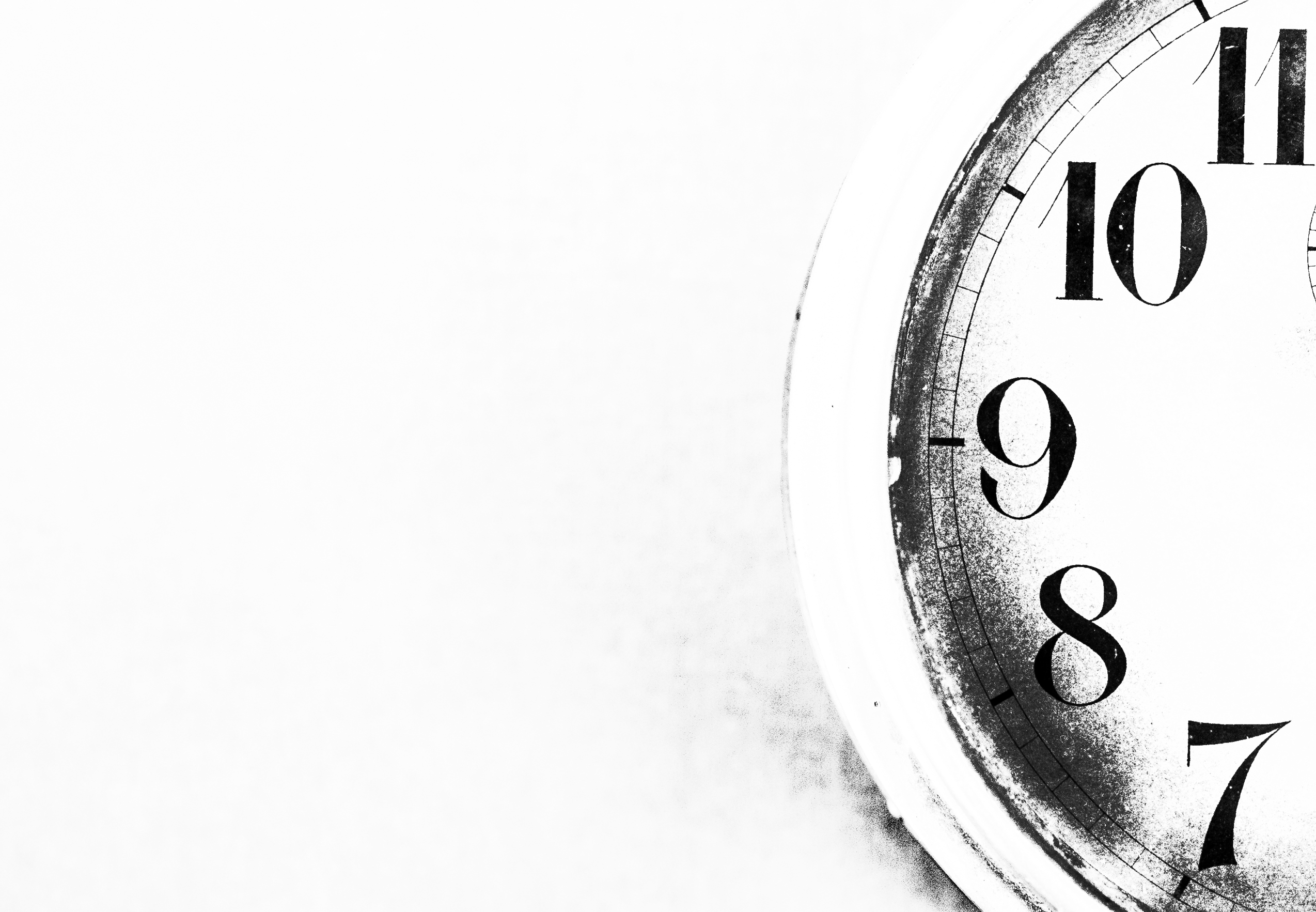More consumer goods companies are moving forward by turning back the clock, writes Mike Nolan

Mike Nolan
CEO
Product of the Year
Innovation has always underpinned success in the harsh consumer goods environment. Supermarket shelves brim with exciting new flavours, recipes and pack designs, all geared to intrigue new customers. Whether it’s the Heinz tomato ketchup bottle, which turned the sauces industry on its head with the innovative top-down design or Friction Free Shaving’s subscription model for women’s razors, the very first of its kind – supermarket shelves are never static. The most exciting products break the rules, solve solutions to age-old problems or disrupt their market. But recently, brands have been turning back the clock; drawing inspiration from vintage, retro, and even historical designs. A comeback from the nineties, plastic, pet toy of yesteryear, Tamagotchi, has struck a chord among millennials around the world. Japanese manufacturer Bandai will release an all-colour, new and improved version of the classic toy in July. Perhaps a yearning by millennials for a time before the responsibilities of adulthood kicked in? The nineties trend has shown no signs of abating either. Kappa bucket hats, Pokémon and Harry Potter memorabilia are among the wares tossed out by the nineties only to return nearly 20 years later.
Other brands are winding back the clock further still. Cardboard packaging and vintage tins are reappearing on supermarket shelves, replacing funky plastics and space age looks. And it’s not just food, either. Monopoly has received a retro makeover, becoming one of the most popular gifts sold last Christmas, while cosmetics brand Soap and Glory has made its matt packaging reflect the 50s-style eyeliner and classic red lipstick inside, similar to makeup brand Benefit’s vintage style.
Consumers are taking comfort in the past. ‘Nostalgia Innovation’ is booming
Take sustainable toilet paper brand Who Gives a Crap. Their funky packaging is made from 100 percent recycled paper, pairing vintage colours with modern patterns to create classic, timeless and completely plastic-free packaging. In these uncertain political and economic times, there’s a certain comfort to be found in traditional styles, trends, and vintage packaging.
In the wake of the plastic packaging furore, we’ve realised not all innovation is worth celebrating. Thousands of brands are trying to cut down on their plastic usage to help save the planet. Cardboard packs and paper bags have at last replaced single use plastics and it may come as no surprise that the most successful companies are making a feature of their sustainable switch by using classic vintage styles, evoking an era before plastic waste was a concern. Because the most successful innovators don’t just remove – they give back to the consumer.
Consumers are taking comfort in the past. ‘Nostalgia innovation’ is booming, particularly over the last couple of years – and that’s not just in packaging. Old-time classics such as oats and yogurt are replacing sugary cereals, such as Arla skyr’s Fruit & Oats. W.K. Kellogg’s classic granola range, with matt packaging and retro colours, invoke a traditional era, as does the Pet Food Product of the Year winner Harringtons Wet Dog Food, which uses a traditional design and crest to hark back to the past. And Friction Free Shaving’s Rose Razor which can be used again and again is both stylish and plastic-free, with a slim-line cardboard box of razor heads delivered every month.

After all, what’s better than celebrating the innovations of
tomorrow with a
nod to yesterday? The best innovators look around them, creating products that
borrow from the past and present to make innovation anew for today’s consumer.
Submissions and comments for ‘The Last Word’ to: eamonn.duff@mediaone.co.uk



